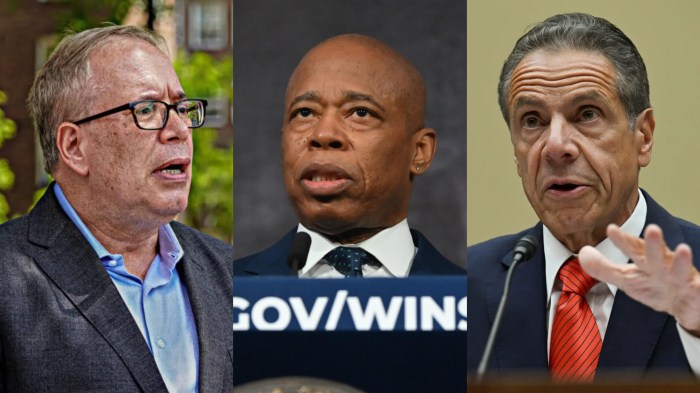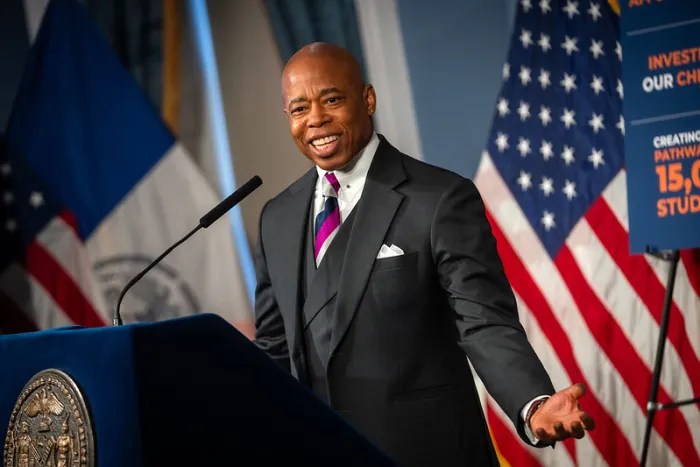Speaker Nancy Pelosi announced on Tuesday the House would open a formal impeachment inquiry of President Donald Trump, saying his actions appeared to have undermined national security and violated the Constitution.
The decision comes amid allegations that Trump pressured the president of Ukraine to investigate former Vice President and 2020 presidential frontrunner Joe Biden for corruption, The New York Times reported. The president’s alleged actions were reportedly detailed in a whistle-blower complaint that his administration has refused to share with Congress.
Trump, a Republican, has confirmed he withheld nearly $400 million in U.S. aid to Ukraine but denied accusations he did so to leverage President Volodymyr Zelenskiy to initiate an investigation that would damage Biden. Trump also said on Tuesday his administration would release “the complete, fully declassified and unredacted” transcript of his call but Democrats want the whistle-blower complaint.
“The president must be held accountable. No one is above the law,” Pelosi said during a news conference Tuesday.
Six congressional committees currently investigating Trump would continue with their probes as part of the inquiry, Pelosi said, which could lead to the drafting of articles of impeachment for the House to vote on.
Trump fired back quickly on Twitter, calling the inquiry “Witch Hunt garbage.”
A formal inquiry, however, does not guarantee Trump will be impeached or removed from office. Here’s a look at the steps required to remove a sitting president:
Step 1: House of Representatives vote
Articles of impeachment, or a charge against a president for violation of the Constitution, must first be brought up in the House of Representatives. Typically, the Judiciary Committee starts with an investigation and then votes on whether or not to recommend specific articles of impeachment, American University professor Allan Lichtman writes in his book “The Case for Impeachment.”
The House must then vote on the articles of impeachment, and a simple majority is needed to ratify them. If the vote passes, the president is impeached, but not yet convicted.
An impeachment by the House is a step toward removing a president, but that alone cannot force him to step down.
Step 2: The trial
A trial is held in the Senate to determine if the president will be convicted of violating the Constitution. The House appoints the prosecutors and the president chooses lawyers for the defense. The president is not required to appear at the trial.
Step 3: The Senate vote
In order for a conviction to pass, the Senate must have a two-thirds majority. Only if that vote passes, would the president be forced to step down.
The verdict of the House and the Senate is final. “There is no right of appeal or judicial review of their decisions,” Lichtman writes in the first chapter of “The Case for Impeachment.”
What can a president be impeached for?
The Constitution says a president can be impeached if he or she has committed “treason, bribery, or other high crimes and misdemeanors.” What “high crimes and misdemeanors” qualify for impeachment is left up to interpretation. Ultimately, the decision is left up to Congress.
“Decisions in whether to impeach a president turn on the wisdom of Congress and do not require proof of a specific indictable crime under either federal or state law,” Lichtman says in his book.
Only two presidents in American history have been impeached — Bill Clinton and Andrew Johnson — and neither were convicted in the Senate. Richard Nixon resigned before the House could vote on the articles of impeachment.
Johnson was impeached because he fired his war secretary, Edwin Statnton, without Senate approval, despite a law at the time barring that authority.
Both Clinton and Nixon, had obstruction of justice accusations brought against them.
“Charges of obstruction of justice have been a staple of the last two substantial attempts to impeach a president,” William Yeomans, fellow in law and government at American University, wrote recently in column for “The Hill.”
Nixon was accused of obstructing justice for interfering with the FBI Watergate investigation, and Clinton was accused of impeding justice by lying about and covering up his relationship with Monica Lewinsky.
With Reuters





































